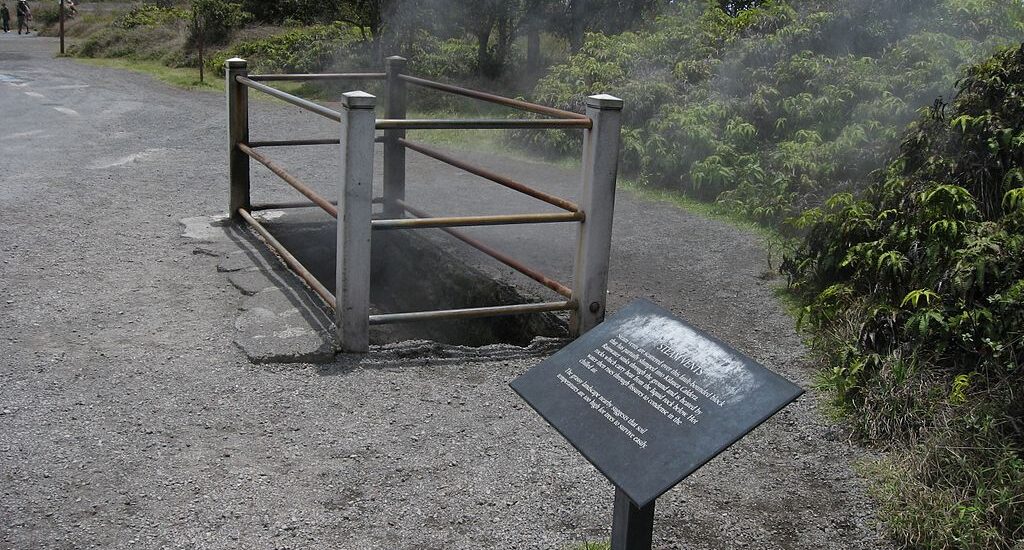Search Results
-
The Nutcracker and 3 Sales Competencies That Cause Low Win Rates
- December 6, 2024
- Posted by: Dave Kurlan
- Category: Understanding the Sales Force

During a first sales call, suppose your salespeople hear one prospect say, “This has been a very interesting and productive conversation and we might have some interest in this.” And imagine another prospect at the same meeting says, “We’ll get back to you next month and let you know what kind of progress we’ve made.” And still a third might say, “In the meantime, please send us a proposal with references and timeline.”
-
Three Dog Night Classic is Foundation for Present Day Selling
- November 26, 2024
- Posted by: Dave Kurlan
- Category: Understanding the Sales Force

If you start with the having fun part you can’t go wrong. Most selling is WAY too serious, way too dependent on bullet points from slides, talking points from company narratives, and the oh, so boring vomiting of company and product information. Where’s the fun in all of that? And if you don’t bring the fun, who wants to spend any time with you? Differentiate!
-
Getting Salespeople to Prospect When They Aren’t Prospecting
- November 15, 2024
- Posted by: Dave Kurlan
- Category: Understanding the Sales Force

While some growth can be expected to come from effective account management, the kind of growth desired by most companies comes from consistently finding and closing new accounts. While companies love their inbound lead-generation programs, and those programs do generate leads, the quality of the leads, and the quality of the meetings booked by those young and inexperienced top-of-funnel kids, leaves much to be desired.
-
3 Keys That Determine the Length of Your Sales Cycle
- November 2, 2024
- Posted by: Dave Kurlan
- Category: Understanding the Sales Force

It’s easier to sell value when there is urgency.
It’s easier to reach the decision maker when there is urgency.
It’s easier to sell value to the decision maker.
It’s easier to create urgency when you are talking with the decision maker.
They are inter-related milestones and they are game changers.
Let’s explore three scenarios:
-
Steam Vent Hack That Salespeople Can Use on Stalled Opportunities
- August 23, 2024
- Posted by: Dave Kurlan
- Category: Understanding the Sales Force

The guide simply lit a cigarette, lowered it slightly into the vent, it reacted with the air and the steam, and significantly increased the output of steam. A super simple hack that instantly causes a performance improvement gets your attention!
Of course, that got me thinking about a simple hack that will significantly improve sales performance and I present one to you in this article.
-
Is Sales Today Nothing More than its Tech Stack?
- August 9, 2024
- Posted by: Dave Kurlan
- Category: Understanding the Sales Force

If you are on the sales team in any function, focus on selling and ignore the noise and distractions of anything that isn’t directly helping you develop your skills to book more meetings, improve your ability to reach decision makers, build relationships and trust, take a consultative approach, sell value, qualify and close business.
To everything else simply say “fuck off.”
-
Stop the Dysfunction in the Sales Function
- June 17, 2024
- Posted by: Dave Kurlan
- Category: Understanding the Sales Force

For some reason, a plurality of executives think way too highly of their company’s sales capabilities and believe they will figure it out themselves. Egos and hurt feelings take priority over best practices, right people in the right seats, sales competencies and sales processes.
-
Time for Closing Arguments
- May 29, 2024
- Posted by: Dave Kurlan
- Category: Understanding the Sales Force

When salespeople master the abilities to meet and build relationships with decision makers, use a consultative approach to uncover their compelling reasons to buy, sell their personal value to differentiate and throughly qualify, win rates will go from too low to hello!
-
Using Baseball to Select and Hire Salespeople
- May 20, 2024
- Posted by: Dave Kurlan
- Category: Understanding the Sales Force

This article has a set of three distinct analogies comparing baseball to sales so if you don’t want to hear about the baseball side of the analogy, you’ll probably want to exit the article. If you stay, you’ll be asking yourself, “Why didn’t I think of that?”
Analogy #1 – Filling Seats
Let’s start with what a sales team would call a termination. It doesn’t matter whether it is voluntary or involuntary, when it occurs, the salesperson must be replaced.
In baseball, whether a player is injured, traded, released, or leaves via free agency, he must be replaced. There are three options:
If the team chooses to replace him organically, they call up a major league-ready player from their top minor league (AAA) team and voila – he is replaced.
If they trade for a replacement, they determine who they want and what it will take in both major league and minor league talent to acquire him. They might negotiate over the specific players and when they agree, a deal gets done and they have their replacement.
If they elect to sign a free agent, it usually comes down to money and if the player and team can agree to the terms, they have what is usually an expensive replacement.Let’s discuss the preparation, work and diligence the organization would have done prior to promoting a minor leaguer to the majors. They scouted him in high school and/or college. They oversaw his development in Rookie League ball, then through low and high Single A ball, then Double A, and finally Triple A. The player has typically been in their system from as little as two years to as much as eight years. They have extensive first-hand knowledge of the player’s work ethic, defensive capabilities and liabilities, offensive capabilities and liabilities, mental toughness, and have projected how he will perform in the major leagues. It’s not significantly different with players they might trade for, or free agents they might sign, because their scouts have seen those players and their team has played against those players.
Compare having to replace a baseball player to what happens when you must replace a salesperson. You don’t have anyone to “call up” or promote and there are two options:
-
Winning and Retaining Business When There is Competition
- April 30, 2024
- Posted by: Dave Kurlan
- Category: Understanding the Sales Force

We were away for most of April, watching our son play his senior year of college baseball. When we left Massachusetts, the calendar said early April, the grass and gardens were still dormant and the weather felt like mid-January with some games played in 25-degree wind chills!
When we returned home three weeks later, we looked outside and saw life! Flowers were in bloom, the Bradford Pears and Crab Apple trees had blossoms, and the green grass had already been mowed a couple of times. Although we weren’t there, nature did its thing without us.
Pivot to sales.
It doesn’t matter whether salespeople are in account management or account executive roles. The sales equivalent of nature at work occurs at both target accounts and existing accounts. When salespeople aren’t physically present or on the phone with decision makers at the account, it is likely that one of their competitors is physically present or on the phone competing for the business or trying to take their business away. Just because a salesperson doesn’t see or hear about it, doesn’t mean it isn’t happening.
What can you do?
